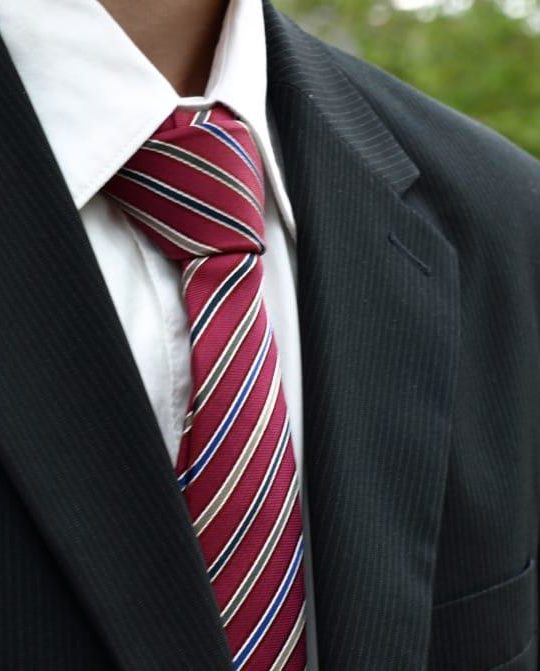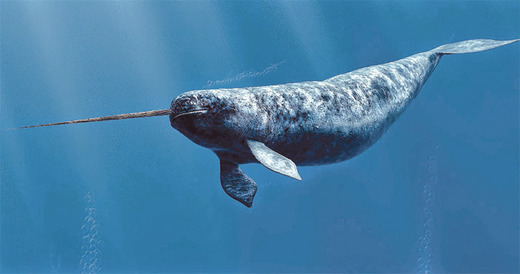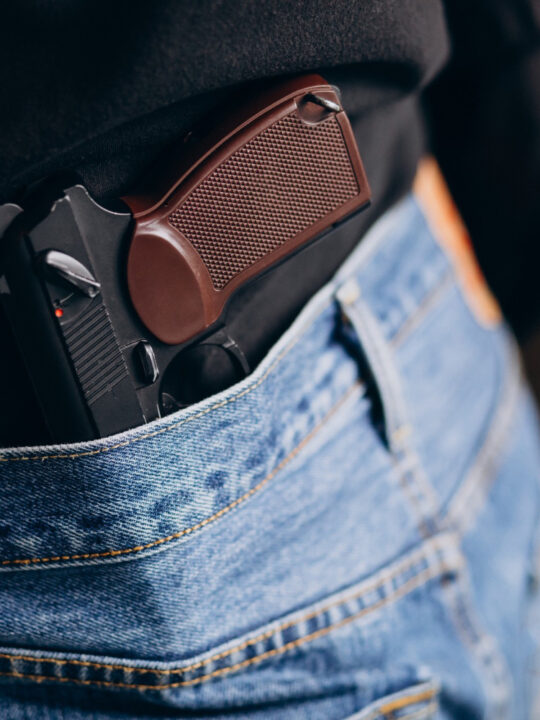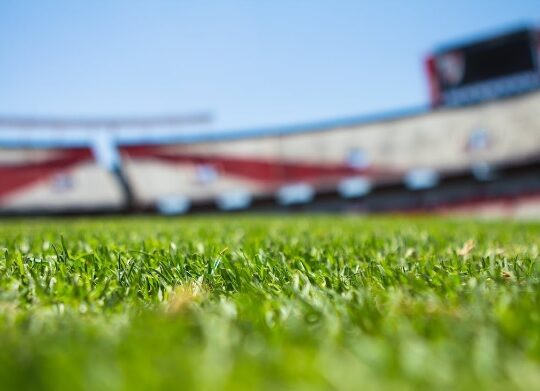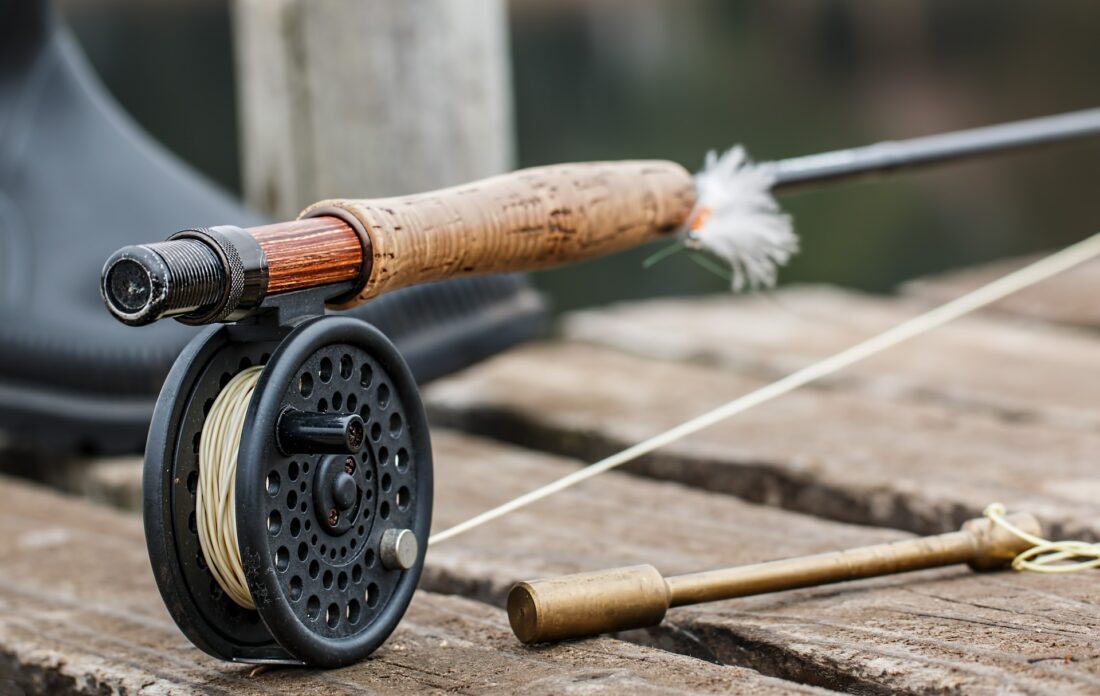 Before you begin a sport, you should know that for consistency, you require your gear. Even in fly fishing, you also need to have the gear to learn faster and efficiently when you are constantly changing your gear. Moreover, it can be very motivating to have your equipment. Fly fishing has become a very popular sport in recent years. Young people and senior citizens can engage in this sport as it’s suitable for everyone.
Before you begin a sport, you should know that for consistency, you require your gear. Even in fly fishing, you also need to have the gear to learn faster and efficiently when you are constantly changing your gear. Moreover, it can be very motivating to have your equipment. Fly fishing has become a very popular sport in recent years. Young people and senior citizens can engage in this sport as it’s suitable for everyone.
Interestingly, even women have become new converts of this beautiful sport. As a beginner, the many options of gear may overwhelm you. Finding the right one can be daunting. However, it would help if you didn’t worry, as we have listed the seven best fly fishing gear for beginners.
1. Fly Rod
A fly rod is the first thing you need when you start. A 9 foot, the 5-weight rod will get you started on this wonderful sport. Different rods have different lengths and line weights to cater to the different fly fishing and conditions. Of all the fly fishing gear you could get, a rod is the most important one.
2. Fly Reel
A reel is attached to the end of the rod, and it contains, distributes, and retrieves the line. It may serve the function of balancing out your rod to allow proper casting. With reliability, you will enjoy the sport, and if it is long enough, you can give it out to your loved ones. Ensure that you change the line regularly. If you want a quick line retrieve, get a large arbor.
3. Fly Line Backing
Before adding a fly line to your reel, remember to add about 100-yards of the fly line backing to the reel arbor. Backing will act as a backup to the fly line if the fish is swimming fast, trying to escape. It will also prevent your fly line from getting wrapped rather tightly around the arbor that may create kinks.
4. Fly Line
A fly line is a colored string that you are supposed to wind up in the reek and allows the fish to hook. As you purchase a fly line, ensure that it’s of the same weight as your rod and reel. You may want to get a fly line of different colors, lengths, and configurations for the different fishing trips you will make based on the location, species, and conditions. Your fly line should be visible in the water.
5. Leader
A leader is attached at the end of the fly line. You will find different leaders in the market depending on the length and forms and, sometimes, materials. There are many things that a fly fisherman has to learn, and knowing every single part of your fishing gear can be fascinating.
Leaders are usually around 9 to 10 feet, and you can always choose to have a knotless tapered one, or you can build your own, which is quite a simple process.
6. Forceps
After catching a fish on-the-fly rod, use the forceps to remove the hook. You can also use the forceps to crumple the barbs down on the hooks as you fly fish to make it much safer and easier to catch and release.
7. Waders and Wading Boots
During warm summers, you may not need waders in the shallow waters as you can wet wade with your sandals or shoes. However, if you want to go deep into this sport, invest in a good pair of waders. You will get waders in various brands, colors, and sizes, and if you want to purchase one, ensure that it can cover wader required situations. Wading boots can be bought together with waders. Therefore, as you decide whether you will need the waders and the wading boots, ensure that you are well prepared for the challenges of this beautiful sport.
Final Thought
Before you start fly fishing, ensure that you learn as much as possible about the sport. From the tips to the gear you will need as it’s essential. This way, you will get into the sport well prepared. Some guides can teach you how to fly fish; therefore, you should never worry about learning this new skill. As you select a gear for fly fishing, keep in mind that you must consider the species you intend to catch. Now that you have the essential gear go out and enjoy this wonderful sport.
